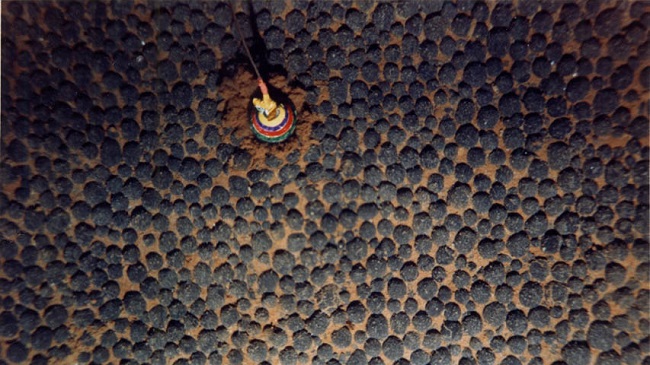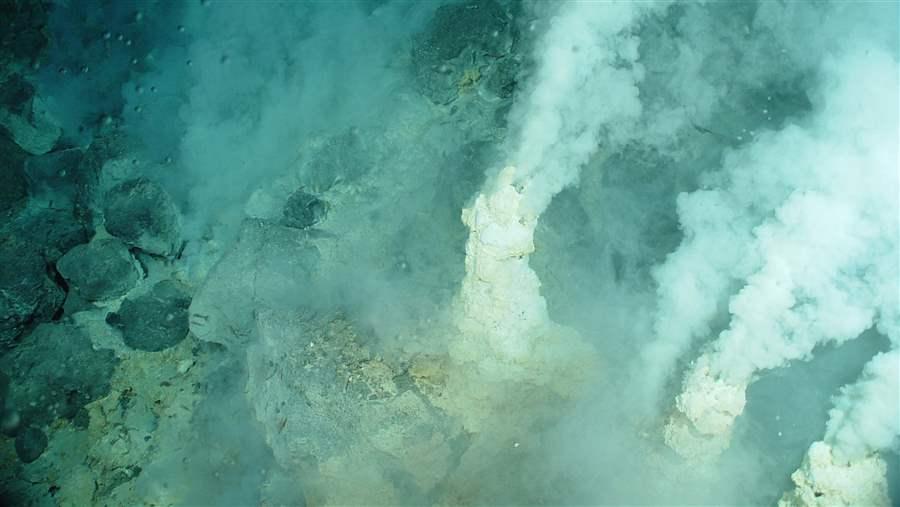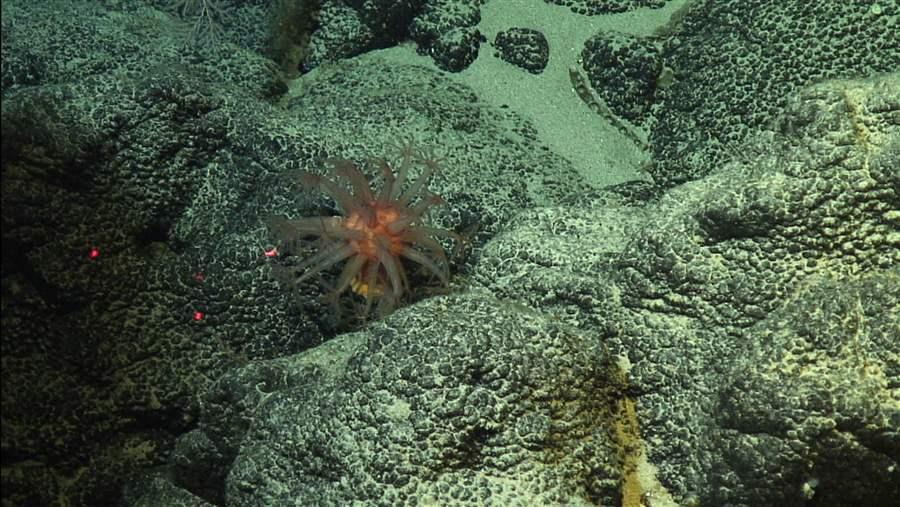Deep Sea Mining: The Basics
This fact sheet was updated on July 5, 2018, to reflect updated information on deep sea mining exploration claims and the timetable for developing International Seabed Authority seabed mining rules. It was previously updated on April 3, 2017, to correct several data points regarding the status of seabed mining and the rules being developed.
Overview
The deepest parts of the world’s ocean feature ecosystems found nowhere else on Earth. They provide habitat for multitudes of species, many yet to be named. These vast, lightless regions also possess deposits of valuable minerals in rich concentrations. Deep-sea extraction technologies may soon develop to the point where exploration of seabed minerals can give way to active exploitation.
The International Seabed Authority (ISA) is charged with formulating and enforcing rules for all seabed mining that takes place in waters beyond national jurisdictions. These rules are now under development. Environmental regulations, liability and financial rules, and oversight and enforcement protocols all must be written and approved within three to five years.

The legal foundations
- The United Nations Convention on the Law of the Sea (UNCLOS). Also known as the Law of the Sea Treaty, UNCLOS is the constitutional document governing mineral exploitation on the roughly 60 percent of the world seabed that lies beyond national jurisdictions. UNCLOS took effect in 1994 upon passage of key enabling amendments designed to spur commercial mining. One of the distinguishing features of UNCLOS is its declaration that the international seabed and its mineral resources are “the common heritage of mankind” and that mining operations and other activities there should be conducted “for the benefit of all mankind.”
- The Area. The seabed beyond the national jurisdiction of individual countries is known as the Area. Coastal nations can control economic activity only within the boundaries of their national jurisdictions as determined by UNCLOS. The ISA is the international organization tasked with regulating seabed mining in the Area. But UNCLOS also requires state parties to govern any seabed mining within their national jurisdictions in conformity with international rules, regulations, and standards.
- International Seabed Authority (ISA). The ISA is the international organization established by UNCLOS to manage activities in the Area. The ISA is tasked with establishing and enforcing the regulations under which UNCLOS member states can explore and exploit the Area’s mineral resources. A key element of the ISA’s responsibilities under UNCLOS is to “protect the marine environment from harmful effects” that may arise from mining activities. The ultimate authority of the ISA is its Assembly, which elects members of the ISA Council, an executive body that considers agenda items for final disposition by the Assembly. Many of the matters under consideration by the ISA come as reports and recommendations from the Legal and Technical Commission and the Finance Committee, the ISA’s expert advisory bodies. All four bodies convene each year at the organization’s headquarters in Kingston, Jamaica. Day-to-day activities of the ISA are managed by the ISA Secretary-General.
- ISA contracts. ISA member states are eligible to apply for contracts. Exploration contracts govern data- gathering, sampling, prospecting, testing, and reporting. Exploitation contracts govern all aspects of actual mining. In early 2018, 29 exploration contracts were in effect. No exploitation contracts have been submitted, but it is widely assumed that the first will come shortly after approval by the Assembly of a comprehensive Mining Code in 2020 or 2021.
- Mining Code. The ISA uses the term Mining Code to denote “the whole of the comprehensive set of rules, regulations, and procedures issued by the ISA to regulate prospecting, exploration, and exploitation of marine minerals in the Area.” The ISA Mining Code is currently under development. It will cover environmental, financial, reporting, and regulatory obligations incurred by contractors and the ISA itself.
Deep-sea minerals and where they are found
Plans for the exploitation of seabed minerals rely on the fact that some valuable substances can be found in greater concentrations in certain areas of the ocean floor than in most terrestrial sites. Sought-after commodities include copper, cobalt, nickel, manganese, lead, lithium, titanium, platinum, gold, and zinc. The ISA has signed exploration contracts for investigating three types of mineral resources:
Polymetallic nodules (17 ISA exploration contracts)
Polymetallic nodules contain rich concentrations of manganese, nickel, copper, and cobalt. They are found in abundance in a few ocean basins, most notably the Clarion-Clipperton Zone (CCZ), a great abyssal plain as wide as the continental United States that lies 4,000 to 6,000 meters below the surface of the eastern Pacific Ocean. Billions of the potato-size nodules are scattered on top of or half-embedded within the muddy bottom of the CCZ. Their exploitation would probably involve scraping 5 to 10 centimeters (2 to 4 inches) off the top of the abyssal plain, separating the nodules from the mud, pumping the nodules to a surface ship by means of a giant tube, and returning the entrained water and fine particles through another tube.
Polymetallic sulfides (7 ISA exploration contracts)
Polymetallic sulfide deposits are found in areas of underwater volcanic activity and seafloor spreading, usually at depths of 1,000 to 4,000 meters. Deposits are often located near tectonic plate boundaries. Hydrothermal vents release superheated, mineral-rich solutions. As these solutions cool, the minerals precipitate out, forming towers on the seafloor with high concentrations of valuable minerals. Deposits formed by these eruptions, along with shallow subsurface deposits, could provide rich but moderately sized areas for mineral exploitation. Operations would remove the sulfide-rich deposits and return water and fine particles through a tube.
Cobalt crusts (four ISA exploration contracts)
Concentrations of valuable minerals are often found on the sides and summits of underwater mountains. The richest deposits are found at depths of 800 to 2,500 meters as crusts of seamounts in the western Pacific. Crust thicknesses can reach 25 centimeters (almost 10 inches), but more typical deposits run to 10 to 15 centimeters (4 to 6 inches). The basic mode of exploitation would be to remove the cobalt-rich layer on the seamount surface while leaving behind the less valuable rock beneath it.
As of 2018, there are 29 ISA-approved contracts for exploration in the Area.














